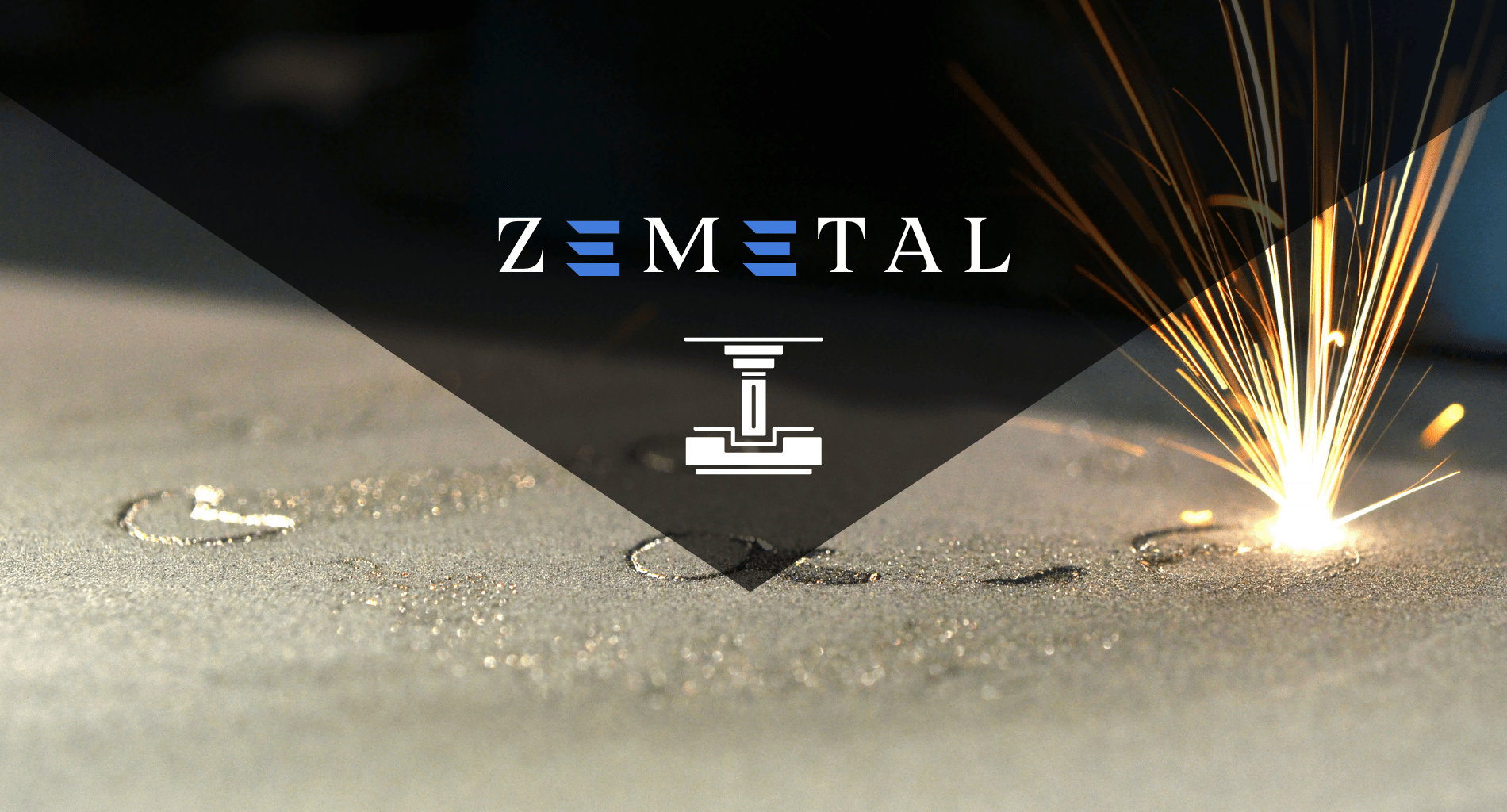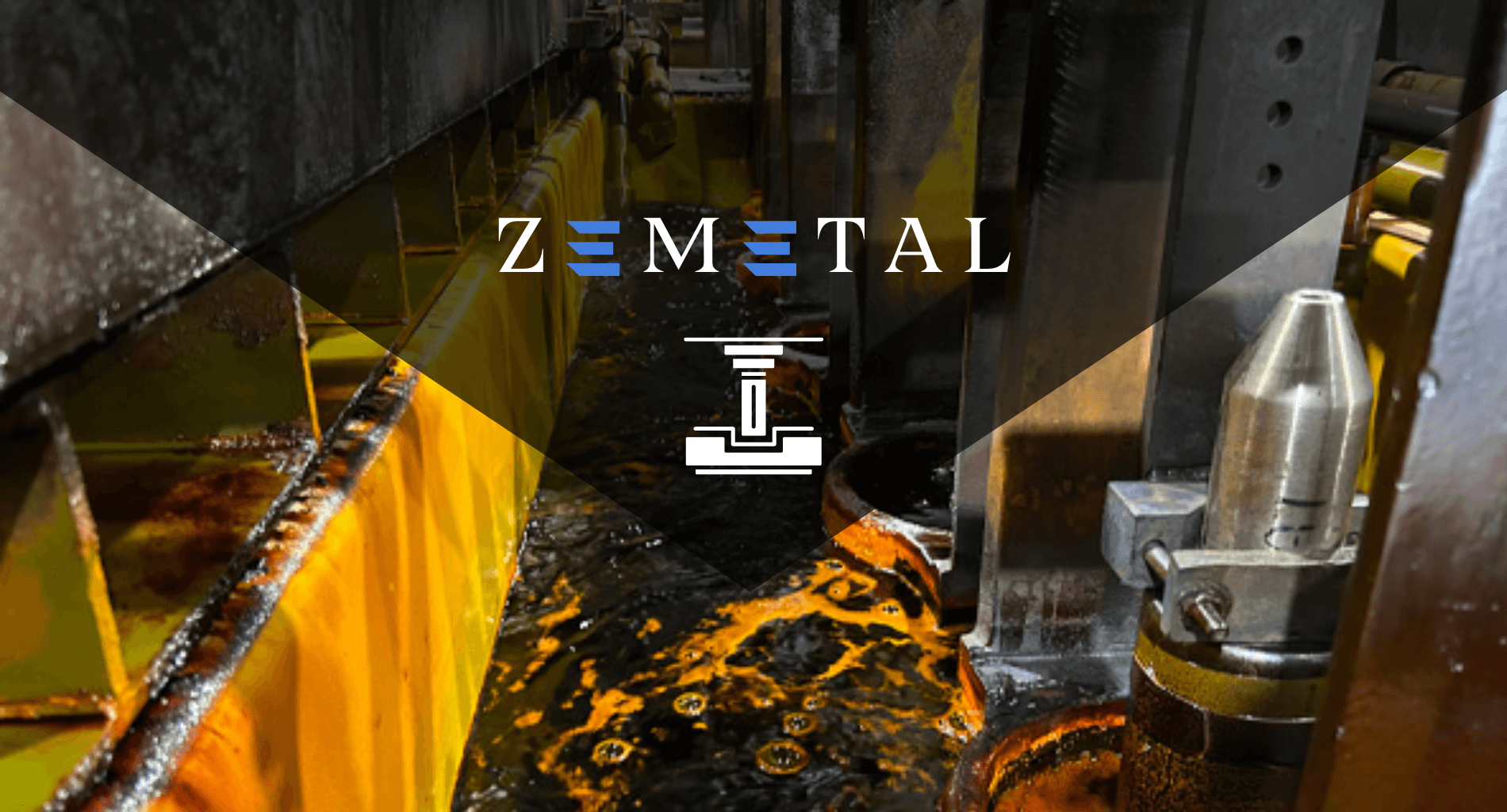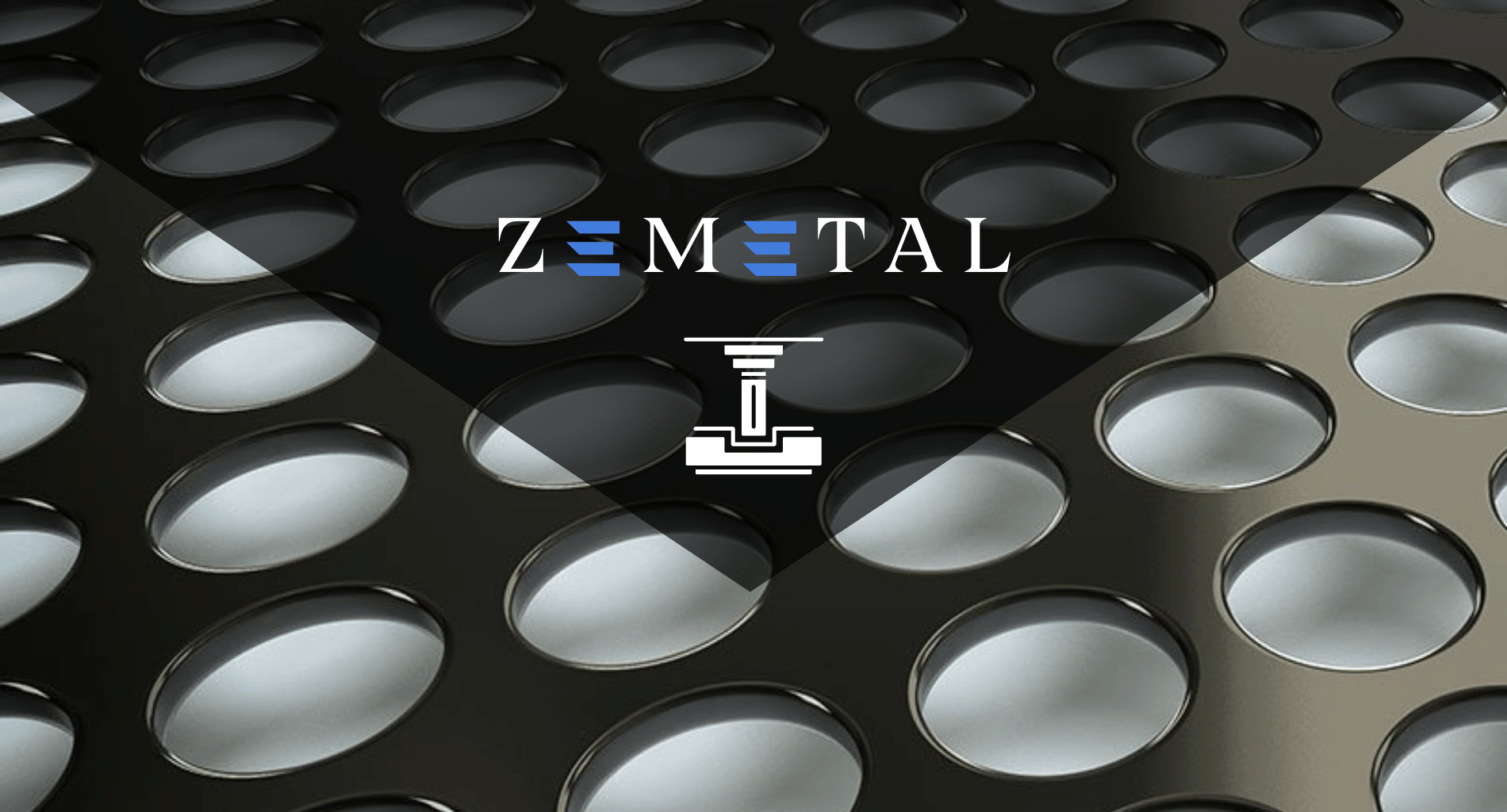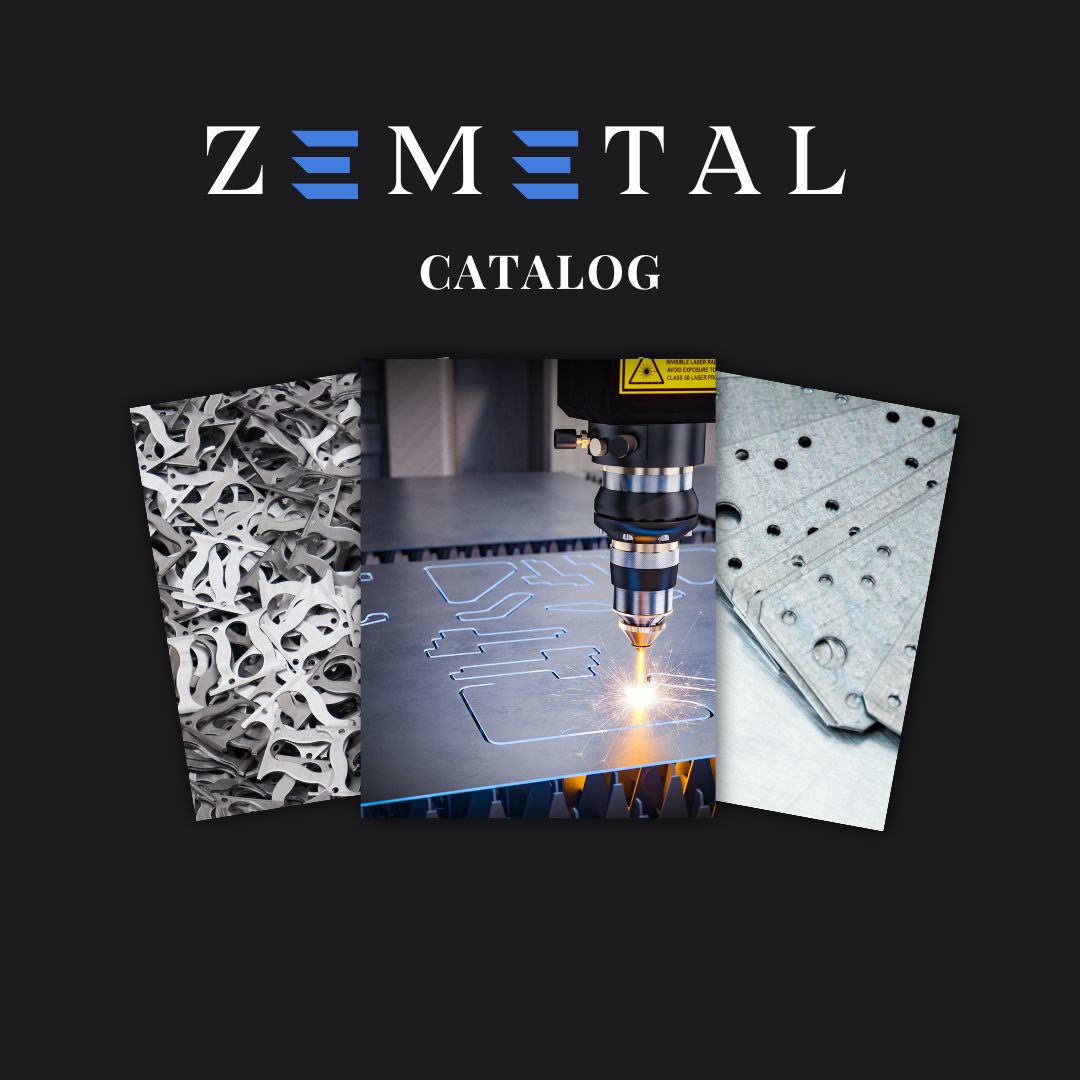Why are hard chromed finishes often considered the industry standard in metal fabrication? The answer lies in their unbeatable combination of toughness and elegance, providing both resilience and a refined aesthetic.
With years of hands-on experience and a deep understanding of metal fabrication, I’m here to guide you through the detailed world of hard chromed finishes.
In the realm of metal finishes, hard chromed surfaces stand out for their resilience and versatility. This finish boosts durability and provides a sleek, modern look vital for upholding a professional business image.
In this guide, we’ll explore the benefits and applications of hard chromed finishes, and how they can transform your metal fabrication projects.
Read on to unlock the potential of hard chromed finishes.
1. The Science Behind Hard Chromed Coatings
Hard chromed coatings are renowed for their impressive attributes, stemming from a meticulous electroplating process that bonds chromium to metal surfaces. This method involves an electrolytic reaction, ensuring a bond at a molecular level for superior durability and resistance. The fascination with this technology lies in its ability to significantly extend the lifespan of components while maintaining their functionality and aesthetics.
This finish is particularly effective in harsh environments, where it combats wear, reduces friction, and prevents corrosion. The science behind hard chromed coatings is a testament to the sophisticated advancements in metal treatment, offering a solution that is both effective and visually appealing, marking a significant stride in industrial innovation.
2. Benefits of Hard Chromed Surfaces
Building on the sophisticated science behind hard chromed coatings, it’s crucial to understand how these advancements translate into tangible benefits. Here are some key advantages that hard chromed surfaces offer:
Enhanced Durability
Hard chromed surfaces are synonymous with strength. The coating significantly increases the lifespan of metal parts by providing exceptional wear resistance. This means components can withstand more stress and last longer in demanding conditions. It’s remarkable how this resilience empowers industries to push the boundaries of what’s possible in terms of durability and performance.
Corrosion Resistance
One of the standout benefits of hard chromed surfaces is their ability to resist corrosion. By creating a barrier against environmental factors like moisture and chemicals, these coatings ensure that the underlying metal remains intact and functional. This feature is particularly valuable in settings where materials are exposed to harsh conditions, safeguarding the investment in machinery and equipment.
Aesthetic Appeal
While the functional benefits are clear, hard chromed surfaces also provide a sleek, polished look that enhances the aesthetic value of any product. This is where Zemetal’s expertise in applying hard chromed finishes shines, offering clients not just a robust solution but also an attractive one. The visual appeal of these surfaces can be a defining factor in consumer products, where appearance and brand perception are critical.
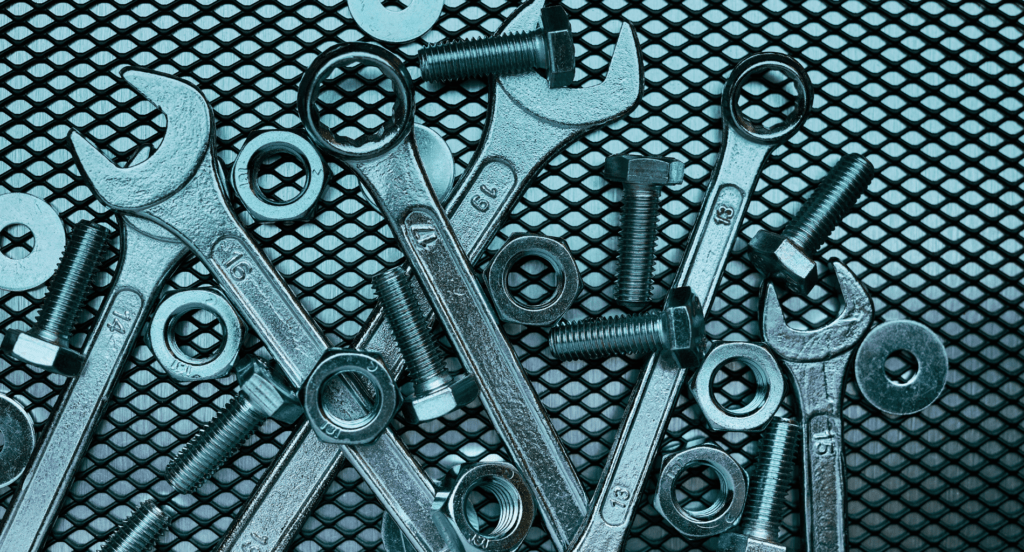
3. Advancements in Hard Chroming Techniques
As the industry evolves, so do the techniques used in hard chroming, bringing forth improvements that enhance efficiency, sustainability, and customization. Here are some of the notable advancements shaping the future of this vital field:
Green Chroming Methods
As environmental concerns take center stage, the industry is responding with ‘green chroming’ methods. These eco-friendly alternatives reduce the use of harmful chemicals and generate less waste without compromising the quality of the chrome finish. Embracing these sustainable practices not only benefits the planet but also aligns with the growing demand for environmentally responsible manufacturing processes.
Advanced Quality Diagnostics
With the advent of sophisticated diagnostic tools, the ability to detect and correct issues in real-time has greatly improved. Modern sensors and imaging technologies are now integral to the chroming process, providing detailed insights into the quality of the coating as it’s applied. This level of monitoring ensures that any deviations are promptly addressed, maintaining the high standards expected in today’s demanding market.
Automated Plating Systems
The introduction of automated plating systems represents a significant leap forward. These systems ensure precise control over the entire chroming process, from temperature to current density, leading to more consistent and higher quality finishes. Automation reduces human error and increases production speed, marking a new era of efficiency and reliability in hard chroming.
4. The Hard Chroming Process
The hard chroming process is a fascinating journey from raw metal to a finely finished product. Let’s delve into the key steps involved in this transformative procedure, each playing a crucial role in achieving the desired quality and durability:
Step#1 Initial Cleaning and Preparation
The process begins with a thorough cleaning and preparation of the metal surface, which is critical as any contaminants can hinder the chrome’s adhesion. This usually involves cleaning, degreasing, and sometimes etching to ensure the chrome adheres well. This foundational step is essential for setting the stage for a successful chroming process.
Step#2 Electroplating
Next is processing the electroplating, where the clean metal is submerged in an electrolytic solution containing chromium ions. When electricity is applied, these ions deposit onto the metal surface, forming the hard chrome layer. Controlling the current and duration is key to achieving the desired thickness and quality of the coating.
Step#3 Rinse and Dry
After electroplating, the components are thoroughly rinsed to remove any residual chemicals and then dried. This step is vital to prevent any contamination or reaction that might compromise the quality of the finish. In this phase, the chrome surface’s genuine shine and sleekness start to show, highlighting the remarkable transformation achieved through this process.
Step#4 Quality Control
Quality control is an integral part of the hard chroming process. Each piece is inspected for uniformity, adhesion, and overall quality. Tools like micrometers and adhesion testers are often used to ensure the chrome layer meets all specifications. This rigorous attention to detail ensures that only components meeting the highest standards proceed to the final stage.
Step#5 Final Finishing
The last step is the finishing process, where the plated items are polished or further treated to enhance their appearance and resistance. It’s here that the true transformation is completed, turning a treated piece into a product ready for the toughest challenges. This final touch is what makes the hard chroming process so rewarding.
5. Applications of Hard Chromed Finishes
With the hard chroming process perfected, these finishes are utilized in diverse industries, each benefiting from the durability and aesthetics provided. Here’s a look at how specific sectors are leveraging hard chromed surfaces to enhance their operations:
Oil and Gas Industry
In the oil and gas sector, where equipment faces challenging conditions like corrosive substances and extreme pressures, Zemetal’s hard chromed finishes are ideal for protecting valves, pistons, and rods. This application shields them from rapid wear and corrosion, thereby ensuring long-term functionality and safety.

Medical Industry
Hard chromed finishes play a critical role in the medical field, especially on surgical tools and diagnostic equipment. The need for sterility and precision makes the anti-corrosive and easy-to-clean nature of hard chrome ideal. Like orthopedic pins and rods benefit from this coating, providing durability and reducing the risk of infection. This application boosts both patient safety and the durability of medical instruments.
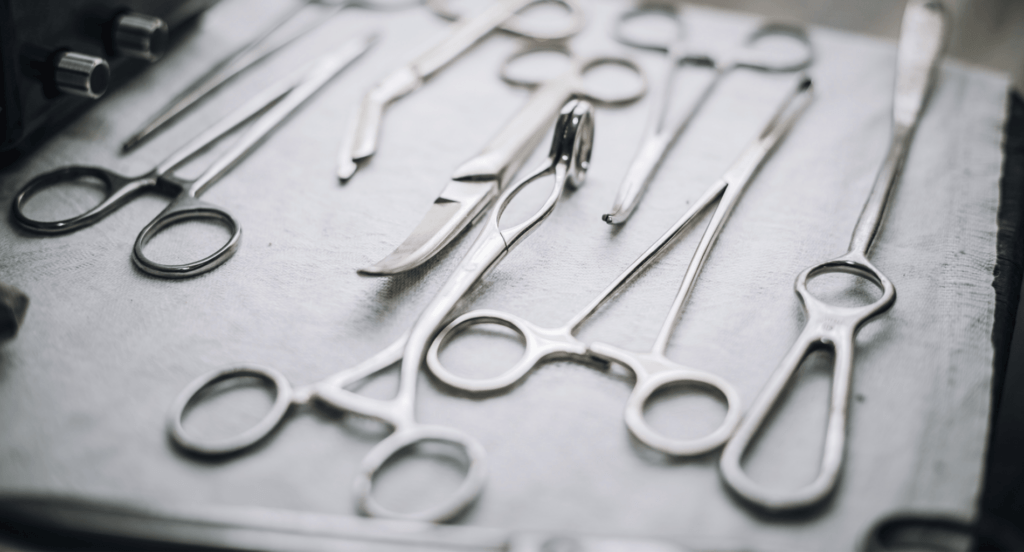
Food Processing Machinery
In the food processing industry, machinery must meet high hygiene standards while withstanding the rigors of constant use. Hard chromed finishes are applied to mixers, blades, and conveyor parts to make them resistant to corrosion and easy to clean, thus helping to maintain a sanitary environment and prolong the equipment’s life. Hard chrome use ensures machinery durability and food safety amidst rigorous production.
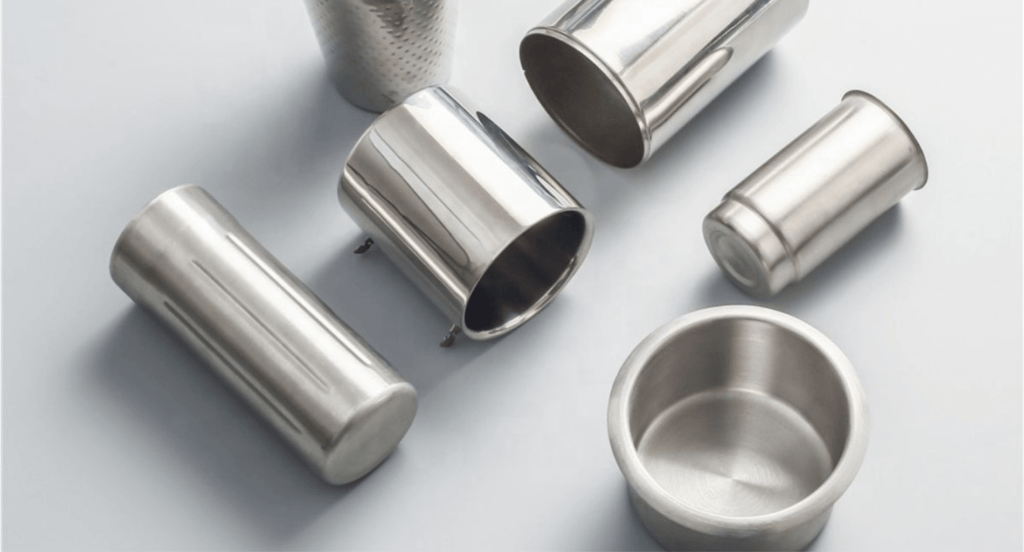
6. Quality Control in Hard Chroming
Quality control is paramount in hard chroming to ensure that the final product meets the highest standards of durability and aesthetics. Let’s explore the critical aspects of quality control that maintain the integrity and performance of hard chromed finishes:
Inspection and Testing
The inspection and testing phase is crucial, involving detailed checks for thickness, adhesion, and overall quality. Using tools like micrometers and adhesion testers, specialists ensure that the chrome layer is uniform and securely bonded to the substrate. This vigilance helps prevent future issues like peeling or uneven wear.
Process Monitoring
Continuous monitoring of the hard chroming process is vital for maintaining quality. Parameters such as temperature, current density, and solution composition are meticulously controlled. This ongoing inspection is essential to achieving consistent results that clients can depend on, ensuring that every batch meets the same high standards.
Final Review and Feedback
After chroming, a final review is conducted to assess the finish’s appearance and performance. This stage often involves feedback loops where any defects or deviations are addressed and corrected. The commitment to reviewing and refining ensures that quality control is a continuous, evolving process, aimed at achieving the best possible outcome for every project.
7. Common Issues with Hard Chromed Surfaces
Despite rigorous quality control in hard chroming, certain issues can still arise with chromed surfaces. Understanding these common problems is essential for maintaining and enhancing the longevity and appearance of hard chromed items. Here are some of the challenges often encountered:
Peeling and Flaking
Peeling and flaking of the chrome layer can occur due to inadequate surface preparation or improper adhesion during the plating process. If the base metal isn’t cleaned correctly or the electroplating parameters aren’t optimal, the chrome may not bond well, leading to sections that peel away or flake off over time, compromising the protective and aesthetic qualities of the finish.
Corrosion Underneath the Chrome
While hard chrome is highly resistant to corrosion, if the underlying metal is exposed due to cracks or chips in the chrome, it can start to corrode. For example, this is often a result of the impacts of excessive wear or environmental factors. Once base metal corrodes, it can undermine the integrity of the chrome layer, leading to more extensive damage.
This table highlights the process by which corrosion can occur underneath a chrome layer due to exposure of the base metal, and outlines the causes, consequences, and potential for extensive damage if the issue is not promptly addressed.
| Issue | Cause | Consequence |
| Exposure of Underlying Metal | Cracks or chips in the chrome layer. | Leaves the base metal vulnerable to corrosion. |
| Causes of Chrome Damage | Impacts of excessive wear, environmental factors, or poor application. | Leads to breaches in the chrome layer, exposing the metal underneath. |
| Base Metal Corrosion | Corrosion starts once the underlying metal is exposed. | Weakens the structural integrity of the metal component. |
| Integrity of Chrome Layer | Compromised integrity due to underlying corrosion. | Results in further deterioration of the chrome layer and the component. |
| Extensive Damage | Progressive damage if not addressed promptly. | Can lead to failure of the part and the need for replacement or extensive repair. |
Uneven Thickness
Achieving an even thickness across complex geometries can be challenging. If the electroplating process isn’t carefully controlled, some areas might receive too much or too little chrome, leading to spots that are more prone to wear or corrosion. Ensuring uniform thickness showcases precision in quality hard chroming, essential for optimal functionality and durability.
8. 3 Factors to Consider When Choosing Hard Chromed Finishes
With the Hard Coatings Market set to reach $4.9 billion by 2025 as reported by industryarc, it’s crucial to carefully select hard chromed finishes to meet quality and performance standards in this growing field. Here are some key considerations to keep in mind:
#1 Application Requirements
Understanding the specific demands of application is vital. Consider factors such as the level of wear the component will face, exposure to corrosive substances, and the need for precision. For example, components in high-friction environments might require a thicker chrome layer for added durability. Matching the hard chrome characteristics to the application ensures optimal performance and longevity.
#2 Future Maintenance and Repair Needs
Consider the long-term maintenance and potential repair needs of the chromed finish. Some finishes might be more prone to damage or wear in certain environments and thus require more frequent upkeep. Understanding the maintenance implications helps in making a pragmatic choice that considers not just the immediate appeal but also the long-term sustainability and cost-effectiveness of the finish.
#3 Surface Compatibility
The compatibility of the hard chromed finish with the base material is paramount. Different metals react differently to chrome plating. Like alloys used in aerospace might require a specific type of chroming for optimal adhesion and performance. Selecting a finish compatible with the material ensures the longevity and efficacy of the coating, avoiding common problems like peeling or corrosion.
Conclusion
Through this exploration, you’ve gained insights into the world of hard chromed finishes, understanding both their benefits and the careful considerations required. This knowledge paves the way for more informed and effective decisions in your metal fabrication projects.
If you’re seeking expertly crafted hard chromed solutions, Zemetal is your go-to provider. For more information or to begin your project, contact us today.
Dive Deeper Into Our Resources
Looking for more diverse service options? Browse through our handpicked selections:
For some insightful reads, we’ve curated a list of recommended articles just for you:
Still haven’t found what you’re looking for? Don’t hesitate to contact us. We’re available around the clock to assist you.


